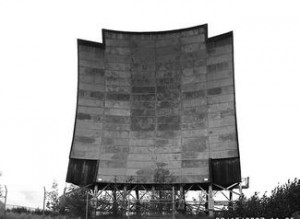 Writers often do research for their books. And while most of that digging is routine — street names, bullet calibers and wine chateaus — it can delve into some wonky, specialized corners. Sometimes this stuff is so arcane that the NY Times hails the science as an exciting new development.
Writers often do research for their books. And while most of that digging is routine — street names, bullet calibers and wine chateaus — it can delve into some wonky, specialized corners. Sometimes this stuff is so arcane that the NY Times hails the science as an exciting new development.
In my upcoming book The Ceres Plague, the next book in the Perry Helion thriller series, the brilliant and twisted microbiologist Dr. Taylor Crandee has fashioned a deadly yet highly targetable superbug called Crandium Donatellus (yes, he named it after himself!). Part of the genius of Crandium stems from Crandee’s ability to manipulate a bacteriological process called CRISPR. The CRISPR defense mechanism allows bacteria to fight off attacking viruses by cutting into and even editing viral DNA. Crandee discovers how to use this technique to target Crandium to attack human DNA in a fiendish variety of ways.
Naturally, CRISPR sounds like a writer’s fantasy. Bacteria would never have so sophisticated a defense, right? In fact, this devious microbial technique actually exists. The NY Times writes about CRISPR in a recent Science News section (“A Powerful New Way toEdit DNA”), hailing it as a possible major tool in microbiology research.
The Times makes no mention of Dr. Crandee or Crandium Donatellus. But I’m sure they’ll catch up soon enough.
Image courtesy National Institutes of Health


